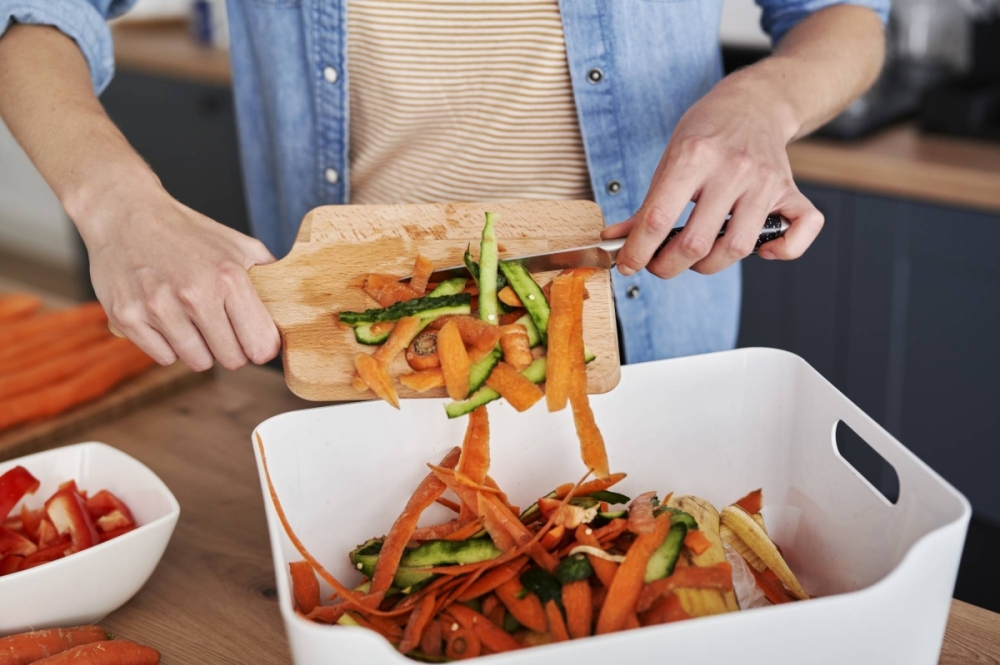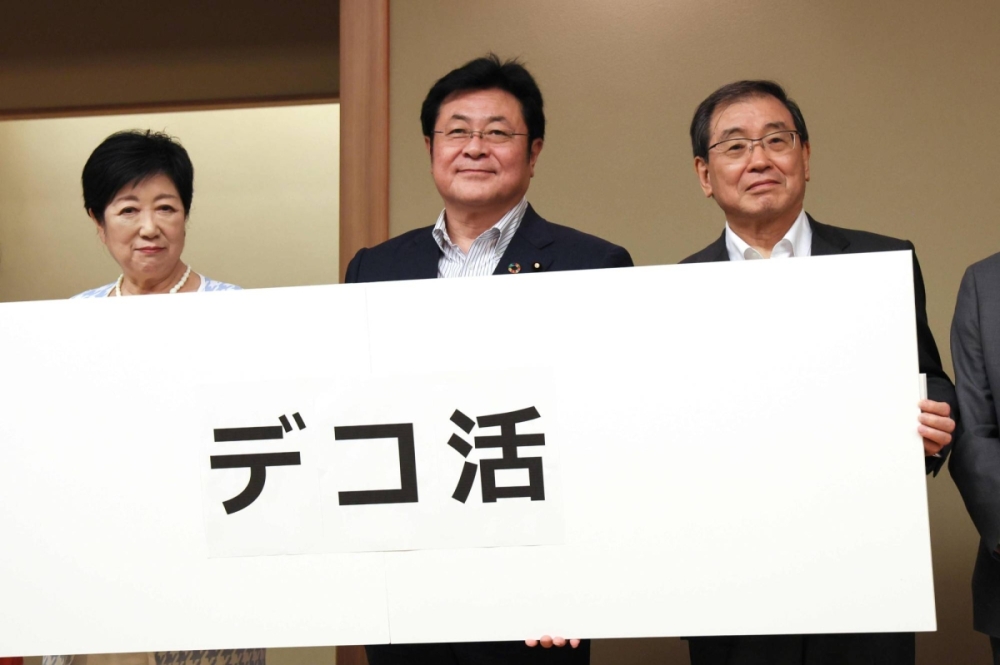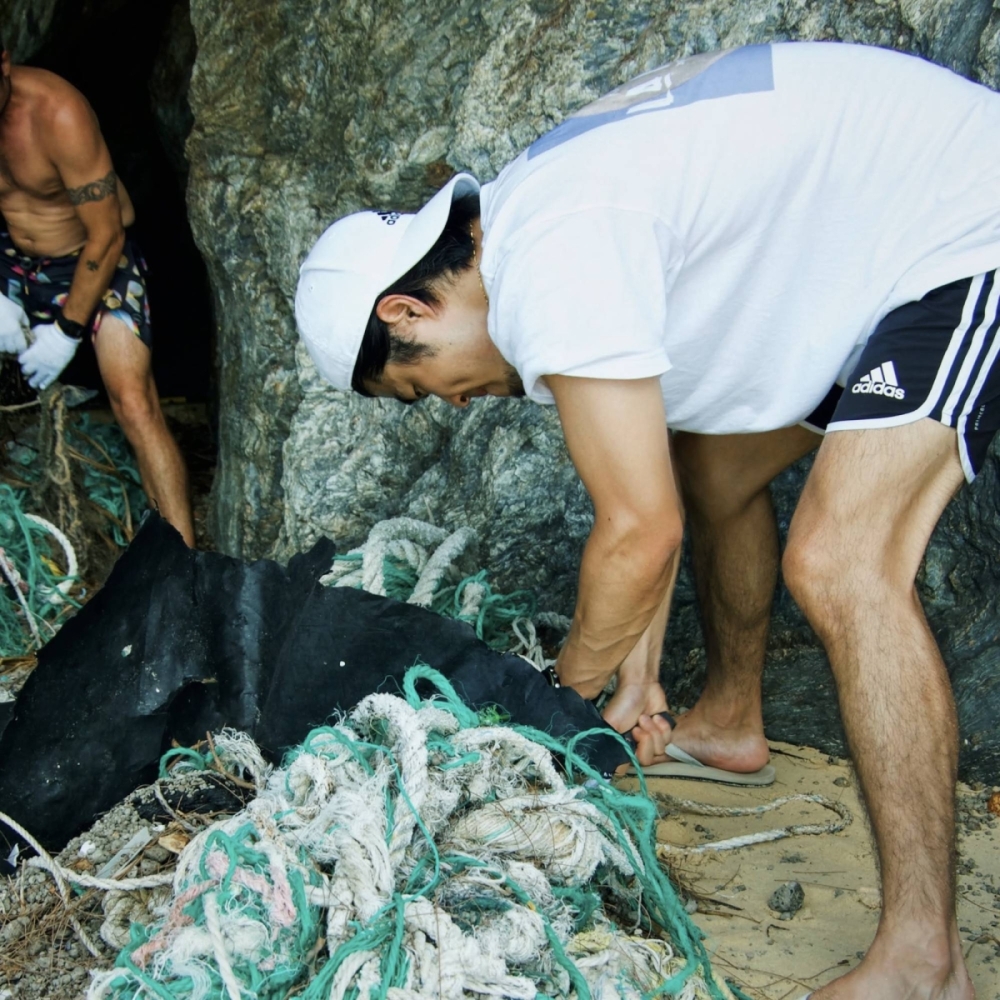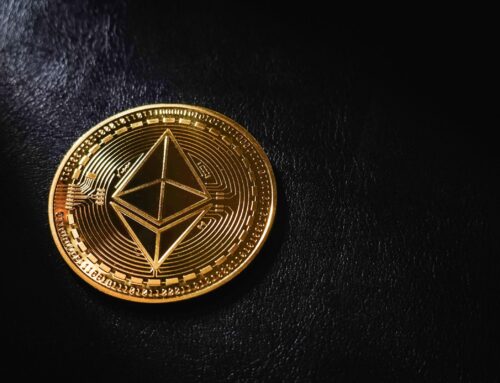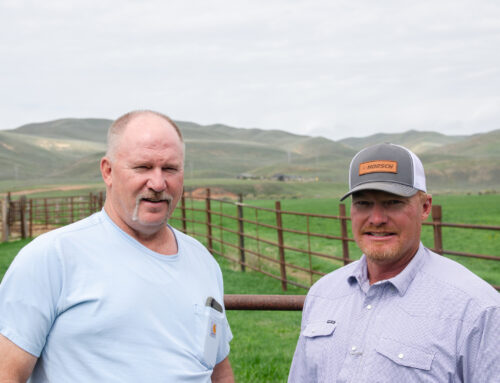Decokatsu could save you money and help the planet. But you probably haven’t heard of it.
June 15, 2025
Even when actions that are friendlier for the environment also save people cash, consumer habits can be hard to break.
Enter decokatsu, an ambitious program to get people to live in ways that are healthier for the planet, but not necessarily restrictive.
If you haven’t heard of it, you’re not alone. According to a survey of 6,500 adults conducted in January by the Environment Ministry, only 1 in 4 people in Japan are familiar with decokatsu, a portmanteau of decarbonization, eco-friendly and katsudo (activity).
It’s another in a long line of Japanese buzzwords using “katsu,” like shūkatsu (job hunting), konkatsu (searching for a spouse) and oshikatsu (fan activities).
In 2022, two years after announcing its goal to reach net carbon neutrality by 2050, the Japanese government launched a campaign to encourage decarbonizing behavior and lifestyles. They later named it decokatsu, hoping it would turn into a national movement.
There is even an official support team made up of private companies, local municipalities and organizations with a catchy name, decokatsu-tai.
Yet many of us are still not doing enough to cut our own carbon footprint, much less talking about decokatsu.
In fact, a survey released by ad agency Hakuhodo SDGs Project in April found that while 91.1% of respondents are familiar with the term “decarbonization,” only 33.6% said they are taking action to reduce carbon emissions. The top reasons they cited for delaying climate action include a lack of knowledge about what to do (30.4%) and financial concerns (28.5%).
“Will decokatsu spread? That depends on how accepting citizens and consumers are, but there’s no way the government will spend taxpayer money on an initiative they don’t believe in,” said a decokatsu-tai spokesperson, who spoke on the condition of anonymity in line with the group’s policy.
Ways to reduce
Japan’s carbon emissions per capita works out to about 8.3 tons in 2023, according to the Emissions Database for Global Atmospheric Research, a scientific group associated with the European Commission. Most of an individual’s carbon footprint is typically accounted for by transportation, housing and food.
By now, we all know that having a reusable grocery bag and water bottle is better for the Earth than relying on single-use alternatives. But what else can we do to help preserve the planet, and how much difference can individual actions really make?
The government says practicing decokatsu — with examples including buying secondhand clothes online (which saves 9.5 kilograms of carbon dioxide equivalent per item), working from home (1.9 kg of CO2e per day) and eating local food (0.017kg CO2e per meal) — could save you up to ¥36,000 ($250) per month and give you an extra hour of free time per day.
Individual and household choices matter. While throwing out your leftovers does not cause much in the way of emissions, these choices add up.
For example, 2.44 million tons of food waste were generated from households in Japan in fiscal 2021. The government is looking to cut this to 2.16 million tons by 2030.
The four “start here” decokatsu actions introduced on the Environment Ministry’s website are: insulating homes, using eco-friendly products and services, achieving zero food waste and teleworking.
But curiously, it does not mention one of the quickest ways we can lower our collective greenhouse gas emissions: eat less meat, especially beef.
The United Nations’ Food and Agriculture Organization says the meat and dairy industry is responsible for about 12% of global greenhouse gas emissions, but some evidence suggests that it’s even higher and closer to 16.5%.
And data points to growing meat consumption in Japan even as its effects on climate change become more well-known.
According to statistics from the Ministry of Agriculture, Forestry and Fisheries, annual per capita meat consumption in Japan reached 33.6 kg in fiscal year 2022, compared with 3.5 kg in 1960. Today, the World Population Review says Japan ranks 11th in global beef consumption, though it still ranks far down the list on a per capita basis.
Studies indicate that going vegan for even two-thirds of meals could cut food-related carbon emissions by 60%. So isn’t ditching meat the ultimate decokatsu? According to the initiatives’ proponents, it isn’t.
Decokatsu-tai has an explanation for why shifting from an animal-based diet to a plant-based one isn’t considered decokatsu.
“The aim of decokatsu is to create ‘new and prosperous lifestyles’ toward decarbonization. It’s not about restraining or restricting something, so we don’t count those things as decokatsu actions,” the spokesperson said.
Lasting change
Kazutaka Kobara, a researcher at NLI Research Institute, a private think tank in Tokyo, says this is understandable if the government is looking to avoid loss aversion — a cognitive bias in which the emotional impact of a loss is felt more intensely than the joy of an equivalent gain, which makes it hard for people to make long-term changes in their thoughts and actions.
He says the key to engaging people in climate action is to make it easy for them to incorporate eco-friendly practices into their lives without disruption, citing the example of the “Cool Biz” corporate dress code, which was launched in the summer of 2005 to save energy by reducing the usage of air conditioners in the corporate world.
“It was a success because a no-jacket, no-tie policy was simple, easy for workplaces to implement and workers were more comfortable,” Kobara said.
“Meanwhile, ‘Premium Friday,’ a project that started in 2017 where the goal was for employees to leave the office early on the last Friday of the month, failed to take off because the government underestimated the inflexibility of companies and its promotional messaging was unclear.”
With decokatsu, Kobara says the government is doing something different: using the “nudge” approach strategy based on behavioral science, getting individuals, businesses and governments to work together and suggesting different lifestyle changes so that people can choose for themselves.
“If you look at the data released by the Environment Ministry, the number of official decokatsu supporters has grown by five times in the last three years, from 442 in November 2022 to 2,208 in March 2025. Decokatsu has gained recognition to a certain extent,” Kobara said. “But at this point, it’s hard to say ordinary citizens are showing a strong interest in it.”
Among those making a difference is 28-year-old Luke Date, founder of Uminari, a Tokyo-based nonprofit made up largely of Gen Zers committed to fighting ocean plastic pollution.
Date had been living green long before decokatsu became a thing, with some of his sustainable living habits including kitchen waste composting, walking instead of driving, buying local, investing in buy-it-for-life products and cleaning up beaches. Date said his habits are second nature at this point, so it doesn’t take much effort and discipline; he’s made sustainable choices his default.
Even if you’re not ready to make the leap to installing solar panels on the roof of your home or becoming a vegetarian, there are countless ways to build sustainable habits without significantly altering your lifestyle (or your wallet). Date says the key is to spend less time thinking and more time doing.
“If you think too hard about things like decarbonization strategies and carbon footprint, taking the first step can be daunting,” Date said. “Even switching to biodegradables is not a straightforward solution.”
“I think the best way to approach this is to start with actions that feel intuitively right and make you feel good. If you still can’t come up with a green living idea, I suggest that you buy products that are built to last and make walking your go-to choice for shorter journeys, like I do. These are two easy ways to incorporate sustainability into your everyday life.”
Search
RECENT PRESS RELEASES
Related Post

